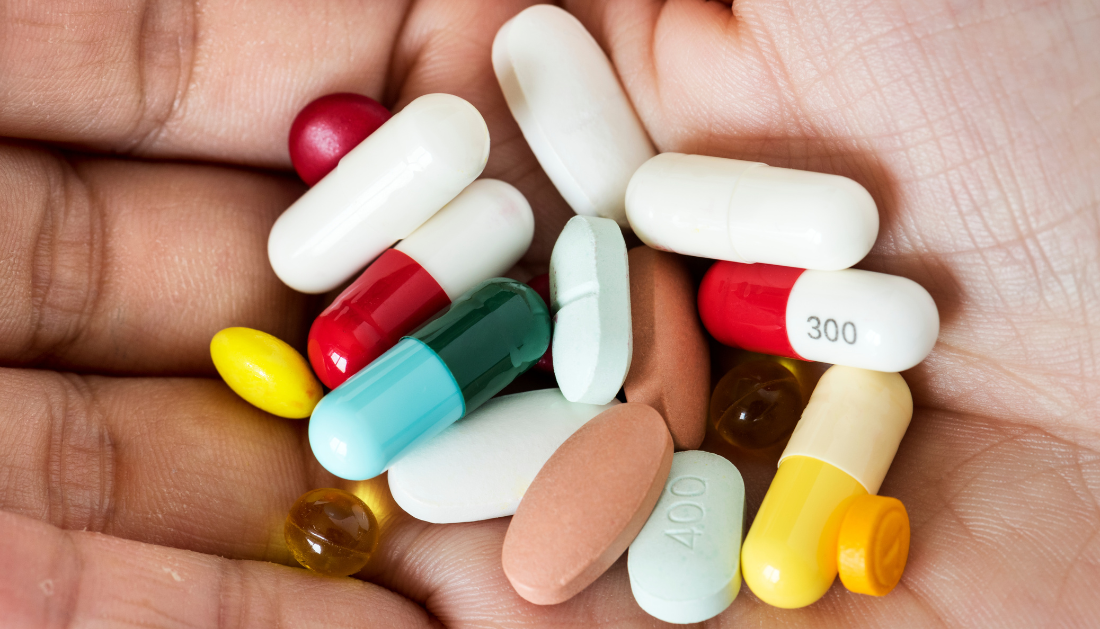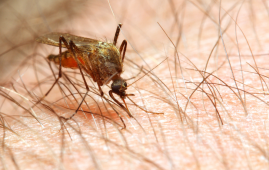

Antibiotic adsorption on micro- and nano-plastics (MNPs) has serious repercussions, according to a recent study that was published in Scientific Reports.
Overview
Particles of various sizes, shapes, and compositions are produced as a result of plastic breakdown. According to research, these micro- and nano-sized pieces, or MNPs, are found in the environment and can infiltrate human cells and other bodily parts.
MNPs have the ability to absorb various chemicals and transport them to living things. Among the substances that infiltrate living forms and cause harmful effects are endocrine disruptors.
Drug residues in wastewater may enter the bodies of people and animals and alter their physiology. When it comes to antimicrobials, this is especially problematic because bacteria exposed to these substances may become resistant.
Furthermore, the ongoing anthropogenic use (or misuse) of antibiotics has led to an increase in the abundance of resistance genes. Additionally, MNPs act as transmission vectors by giving microorganisms a surface on which to grow.
About the study
Researchers evaluated whether antibiotic tetracycline (TC), a broad-spectrum antibiotic, interacts with nanoplastics and if this affects the drug’s biological activity.
Four types of polymers were selected: polystyrene (PS), polyethylene (PE), nylon 6,6 (N66), and polypropylene (PP); they were thus referred to as NPs instead of MNPs because their diameters did not surpass the nanoscale. To create TC-NP complexes using chemical computation, two methods were used.
Using many simulated annealing (SA) configurations, the NP was first folded from individual polymer chains in the presence of TC. The NP was pre-folded through SA in the second method, known as the free particle (FP) method, and TC was positioned on its surface in various orientations.
Geometry optimization was applied to all conformations. Additionally, sorption energies and binding modes were determined by semi-empirical quantum chemical computations.
For every NP, two molecular dynamics simulations were run in order to examine the solvation behavior and the impact of temperature on the TC-NP aggregates.
Results
For every NP, 104 aggregates were produced using the FP and SA methods. The structures’ respective total energy fluctuated. Because the surface structure of these conformer aggregates varied only, the FP data scattered less. PE had the least amount of scattering, whereas PS and PP had the most.
In order to optimize the total of NP-TC and NP-NP interplay, the polymer chains were adjusted to TC and the optimal conformation was chosen through the refolding of TC-NP complexes in the SA method.
Compared to the SA method, the FP method produced significantly less stable structures. In general, the SA method outperformed the FP method.
On PE, the hydroxyl, amide, and carbonyl groups were oriented toward the aqueous solvent, and the less polar side of TC was joined to the NP. The polar-polar contacts between TC and N66 were stronger than their solvation, but TC alignment was the reverse on N66.
TC was frequently buried behind the polymer chains inside the NP in the SA technique. Additionally, two TC-NP structures of each material were subjected to molecular dynamics simulations in water, which showed notable variations in the NP chains’ mobilities.
With the biggest functional groups affixed to their polyolefin backbone, which might potentially create friction or steric hindrance, PS chains were the least mobile.
Similarly, the strong hydrogen interactions between amide groups also impeded N66 migration. With deviations that were almost twice as large as those of the initial structures, the PP rearrangement was impressive and suggested that it could rearrange sufficiently to contain TC.
Furthermore, on top of the N66 and PP particles, antibiotic TC diffused considerably. During equilibration, TC separated from PS, but it eventually reattached.
A large number of hydrogen bonds were present in simulations that began with TC on the surface of NPs, with a water molecule occupying numerous hydrogen-bond acceptor and donor sites.
On the other hand, simulations that began with TC inside the NPs showed notable variations. Water molecules could not access the hydrogen bonding sites of TC because PS and N66 kept the drug molecule inside of them.
Additionally, TC and N66 hydrogen bonding sites can interact, making them competitors for the antibiotic. Similar to simulations using TC on the surface of NPs, PP and PE showed a significant number of hydrogen bonds between TC and water.
Lastly, TC-induced expression of the fluorescent reporter protein in both cell lines was considerably decreased by incubating cells with PS, PE, or PET.
Conclusions
Collectively, the study examined how NPs and TC interact. When TC was present, folding the NPs produced high-energy structures that allowed the polymer chains to be reoriented and adjusted to the medication. The most stable TC-NP complexes were produced using the SA technique. Additionally, TC was more frequently found inside the NPs.
Additionally, in vitro tests shown that the presence of plastics considerably lessened the impact of TC. All things together, the results show that MNPs provide serious health hazards since they may change how drugs are absorbed, make it easier for drugs to go to new places, and raise antibiotic concentrations locally, which could lead to resistance.
For more information: Dick L, Batista PR, Zaby P, et al. (2024) The adsorption of drugs on nanoplastics has severe biological impact. Scientific Reports. doi: 10.1038/s41598-024-75785-4. https://www.nature.com/articles/s41598-024-75785-4
more recommended stories
 Poor Kidney Function and Alzheimer’s Biomarkers Explained
Poor Kidney Function and Alzheimer’s Biomarkers ExplainedPoor kidney function may influence levels.
 Perinatal Mental Health Challenges Highlighted in New Study
Perinatal Mental Health Challenges Highlighted in New StudyMental Health Challenges in New Parents:.
 Walking Speed Before Hip Replacement Predicts Recovery
Walking Speed Before Hip Replacement Predicts RecoveryNew Evidence Points to a Simple,.
 Neuroblastoma Drug Combo Extends Survival in Models
Neuroblastoma Drug Combo Extends Survival in ModelsA Promising Shift in High-Risk Neuroblastoma.
 How Soybean Oil Impacts Weight Gain and Metabolism
How Soybean Oil Impacts Weight Gain and MetabolismWhy Soybean Oil May Affect Metabolism.
 New Malaria Prevention Insights From African Biostatistics
New Malaria Prevention Insights From African BiostatisticsHow New Data Is Reframing Malaria.
 Coffee and Cognitive Function: Evidence Review
Coffee and Cognitive Function: Evidence ReviewA new narrative review in Cureus.
 World Summit Outlines Core Principles for Healthy Longevity
World Summit Outlines Core Principles for Healthy LongevityWhy Healthy Longevity Demands a New.
 Colorectal Cancer Screening Rates Low in Adults 45–49
Colorectal Cancer Screening Rates Low in Adults 45–49Recent UCLA research reveals that colorectal.
 Gut Immune Cells and Long-Lasting Antiviral Protection.
Gut Immune Cells and Long-Lasting Antiviral Protection.Breakthrough Findings on How Gut Immune.

Leave a Comment